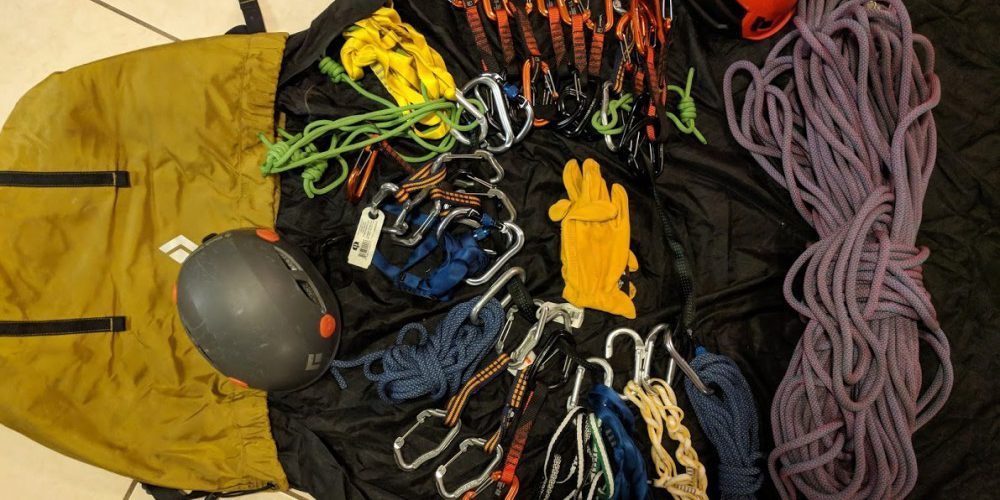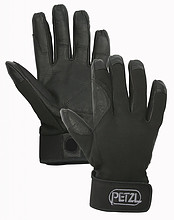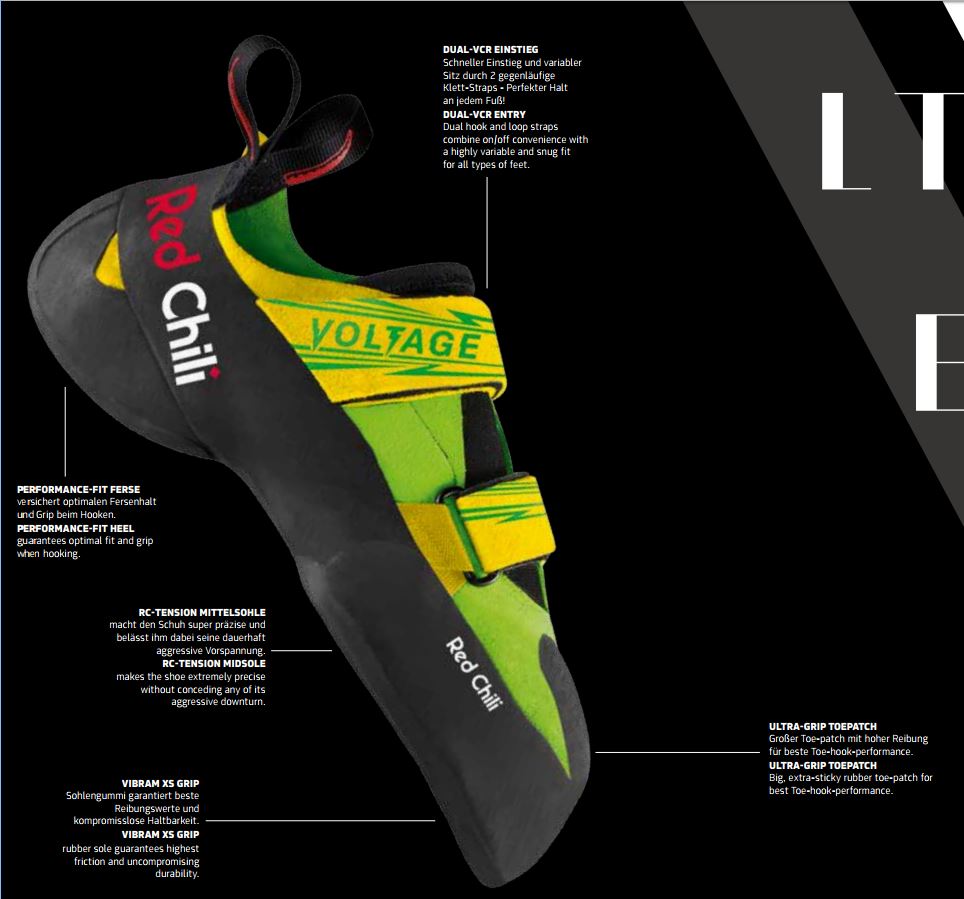What equipment needed for rock climbing, especially outdoor?
Now that you may have been climbing indoors for a while and would like to have the experience of climbing outdoor. You may wonder what additional equipment do I need to be able to climb outdoor or what is my next step do I need in order to climb outdoor?
In this article, we will discuss the essential equipment only for outdoor sport climbing. Keep in mind this is not traditional or trad climbing. Trad requires even more gear and more learning curve. The type and the brand of the climbing gear are subjective. You will find your favorites as you gain more experience. It does get pretty expensive when you buy them all at once. If you are on a tight budget, you can collect them over time and set yourself a goal for the outdoor trip adventure.
We will also touch briefly on what you will need to learn when you climb outdoor such as creating an anchor and cleaning the route when you are done with climbing. Those two skills are very important to know and understand when climbing outdoor. You do not have to deal with them when you are climbing indoor because everything has been set up for you in a safe and controlled environment. Climbing outdoor is a totally different beast.

Climbing Outdoor Prerequisites
Here is a list of prerequisites for climbing on your own outdoor:
- Know how to lead climb
- Know how to lead belay
- know how to build anchors
- Know how clean the route
- Have climbing equipment
It is important to know how to lead climb between you and your partner so that you can set up the quickdraw and lead the rope up to the top for the next climber. You and your partner should also know how to lead belay so that he or she can belay the lead climber to set up an anchor.
As I mentioned previously, the two skills that I would recommend learning from a certified climbing instructor or experienced climbers would be how to build anchors using natural and artificial components and how to clean a route after each climb. The climbing motto for outdoor is “Leave No Trace”. We strive to leave everything the same as much as possible as we leave the climbing area.
In addition to your personal must-have climbing gear such as climbing shoes, harnesses, belay device, carabiner, rope, and helmet, you will want additional equipment to help build an anchor and clean your equipment off the route.
Before you invest money and time in learning the prerequisites, I highly recommend for you climb with an experienced climber. If you don’t have a climber friend, hire a climbing guide such as FoxMountainGuides.com. This will help establish a strong foundation of understanding what to do through your own experience. Reading books and websites on how to rock climb is one thing but experiencing it yourself on the rocks with experienced climbers is so much worth it. This will also help you decide whether if you even want to invest more money in climbing gear.
Essentials
Here is the essential gear for climbing outdoor:
Climbing Harness: A harness is a crucial gear to keep you attached to an anchor with a rope while climbing. To read more about harnesses, please visit “What is a Climbing Harness“.
Climbing Shoes: Climbing shoes are shoes with special rubbers to help your feet stick to the wall. Click on “climbing shoes” for more information.
Belay Device – The Grigri is recommended by the Fox Mountain Guide Climbing instructors because of the assisted braking mechanism. There are other assisted braking belay devices available in the market.
Belay carabiner: The screw gate locking carabiner is the most common device used as a belay carabiner. Please click on belay carabiner for more information. Another locking carabiner that compliments the Grigri belay device is the Petzl Freino Carabiner.
Climbing rope: We cannot forget the climbing rope. The outdoor rope is usually 60 to 70 meters long. To learn more, click on an article called “What is the Best Rope for Rock Climbing – How to Choose“.
Helmet – Is a helmet an optional accessory? Not for climbing. It is easy to bump your head while you are climbing as well as belaying. Protecting your brain is important. To learn more about helmets, click on my Climbing Helmet Reviews – Do We Need One for Climbing.
As the owner of this website, I tracked down special deals for some products or services mentioned herein. As an Amazon Associate, I earn from qualifying purchases. When you use the link from this page to make a purchase, I may receive a small commission to support this website, and you may receive a great bargain – Full Disclosure.

Quickdraws: This particular climbing equipment is a connector that the lead climber clips one end to a bolt or a protection device and clip the other end to the rope that the climber is tied to. The quickdraws come in different lengths for different requirements.
This is a list for building anchors and can also be used for cleaning gear from the route:
6 single shoulder-length runners or webbing
2 double shoulder-length runners
1 reverso – great use as a descender during rappelling and/or multi-pitch climbing.
Building Anchors
For me, building anchors require constant repetitions and practices. It is something not to be taken lightly. Doing it once or twice a year is not enough to ingrain into my memory. My life depends on the proper anchoring system so I want to keep on learning and refreshing.
Below is a picture of a SERENE anchor. You can find detailed information about this system online at AmericanAlpineClub.org.
 You can also read more about the anchor system in full details in “Rock Climbing, The AMGA Single Pitch Manual“.
You can also read more about the anchor system in full details in “Rock Climbing, The AMGA Single Pitch Manual“.Cleaning the Route or Anchor Cleaning
Once you and your friend(s) complete climbing a route, you will still have your gear such as the top anchor and/or quickdraws attached to the fixed bolts. Of course, you would not want to leave your expensive gear behind so you or another climber would have to unclip them from the bolts. This process is called cleaning.
Just like building anchors, it will take lots of practice to become efficient at it. The cleaning process can be dangerous because it will require you to untie from your harness and retie after rethreading. It is easy to make careless mistakes so constant practices are an excellent way to ingrain the procedure into your memory.
Here is a great video on how to clean sports anchor from Climbing Magazine:
I also found an article from climbing.com called “Essential Skills: Cleaning Sport Anchors.”
My Final Thoughts
I am still learning about the outdoor climbing world. I live way too far from the mountains to be climbing outdoor every weekend. It takes time and money to travel at least eight hours each way so every time I climb outdoor I maximize my learning as much as I can. I practice building anchors and cleaning anchors as often as possible.
Again, I highly recommend climbing with an experience climbing friend or hire a climbing guide. It made my trips so much more enjoyable and I also learned a lot from the experiences. When you are hiring a guide or taking an outdoor climbing class, the equipment is usually taken care of by the guide or the class.
Once you think you are ready to climb outdoor without a guide, you now have a list of the essential outdoor climbing equipment to start shopping for. Have a fun time!
I love to hear about your experiences climbing outdoor. If there are questions or comments, please leave them below.












